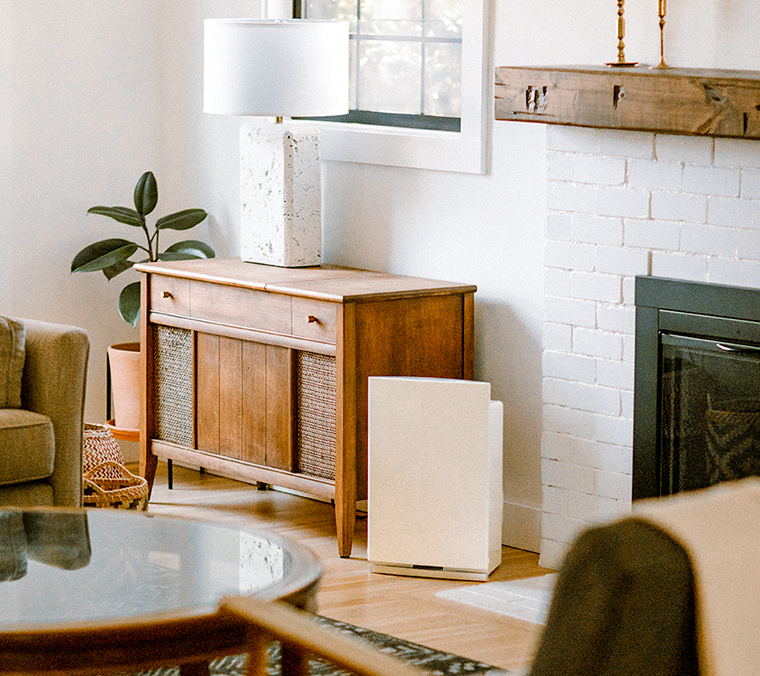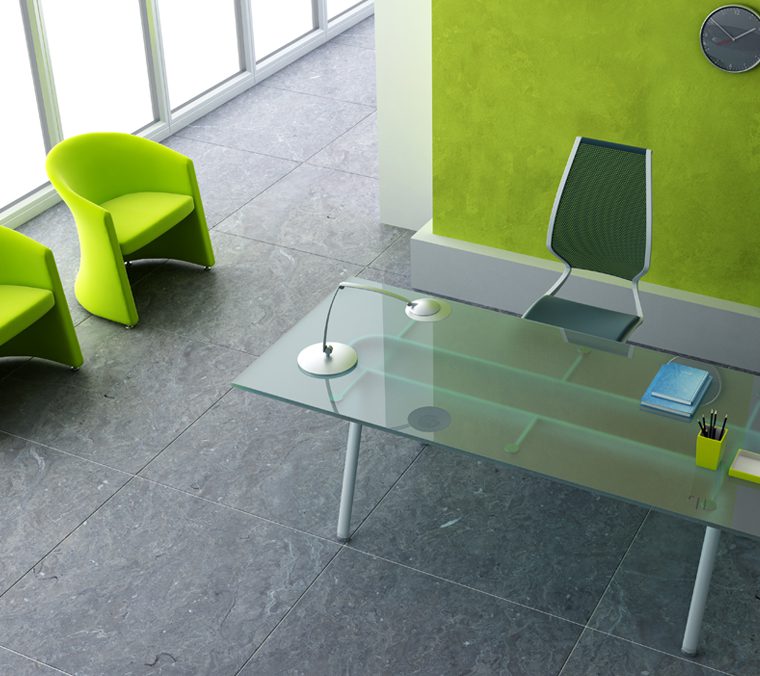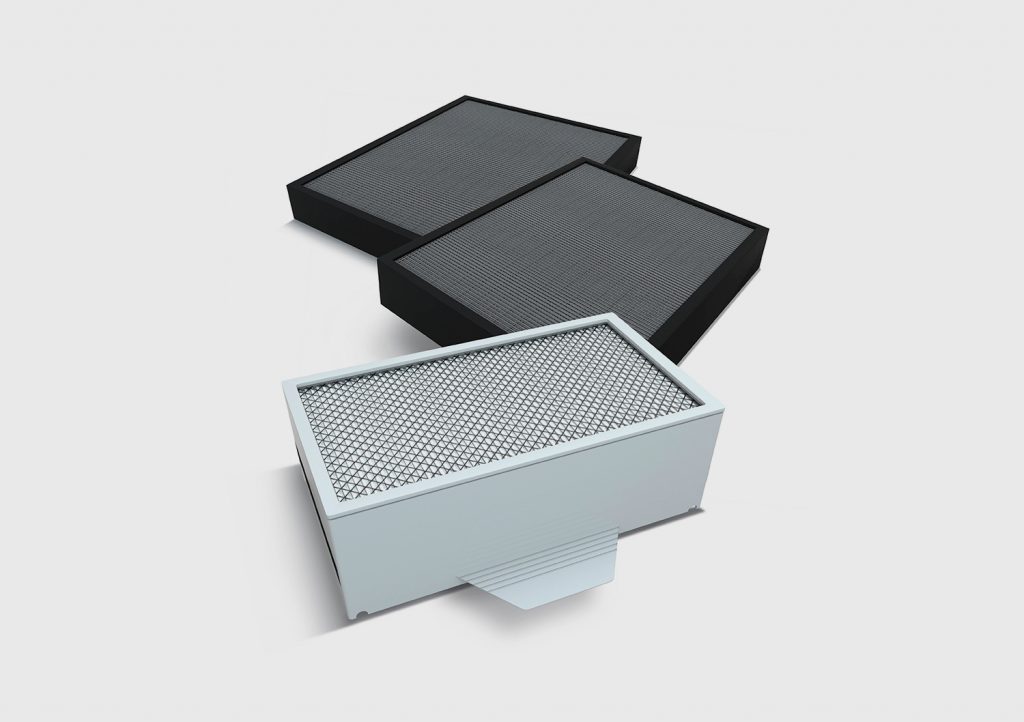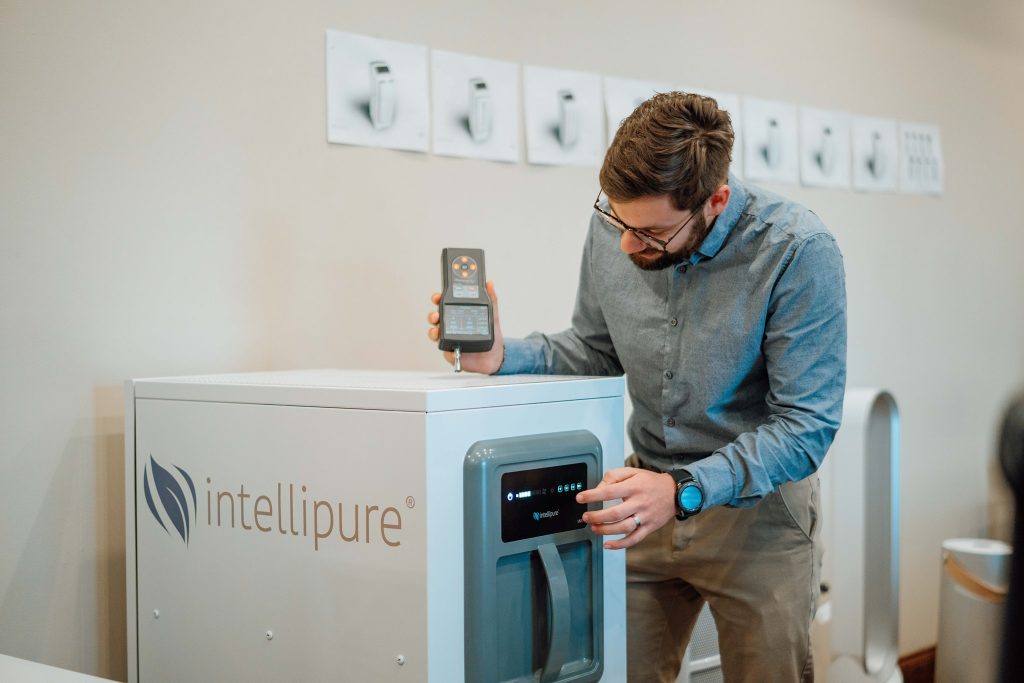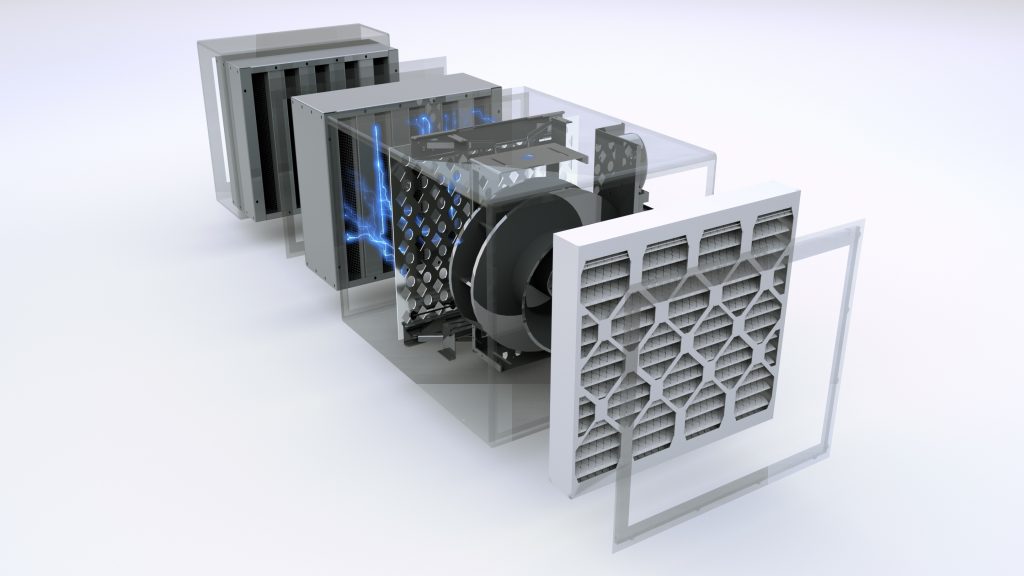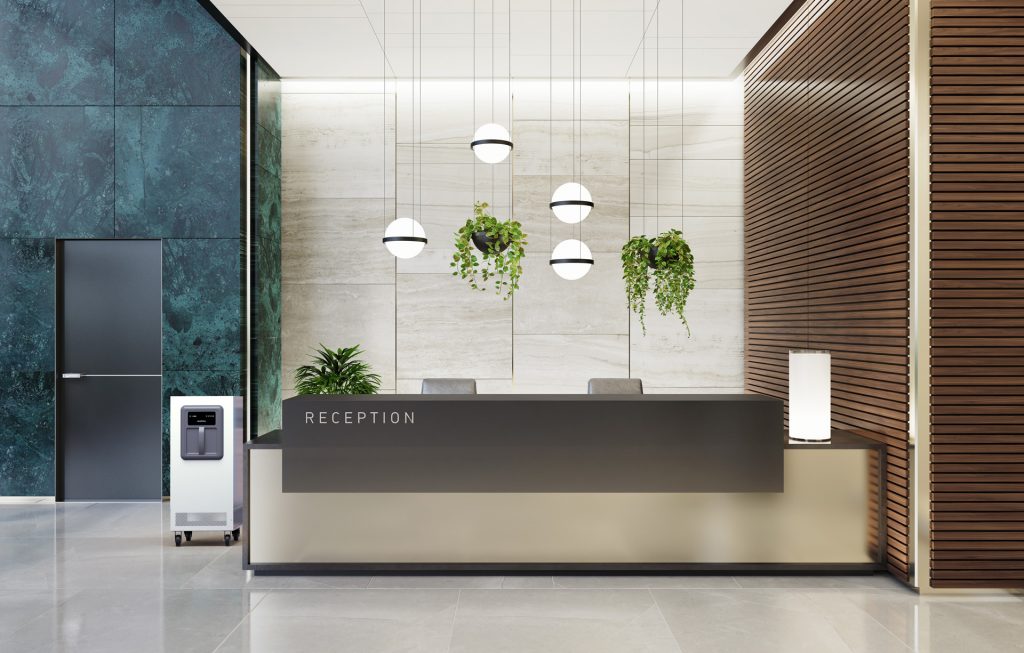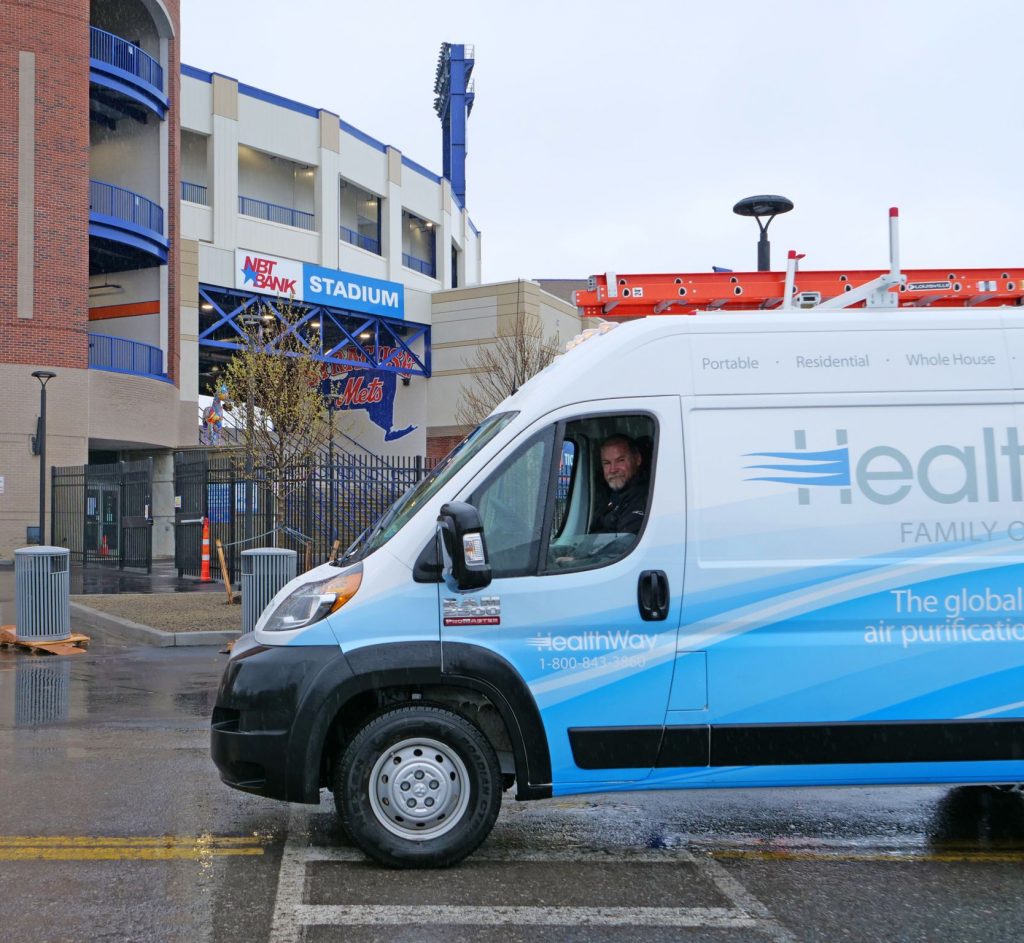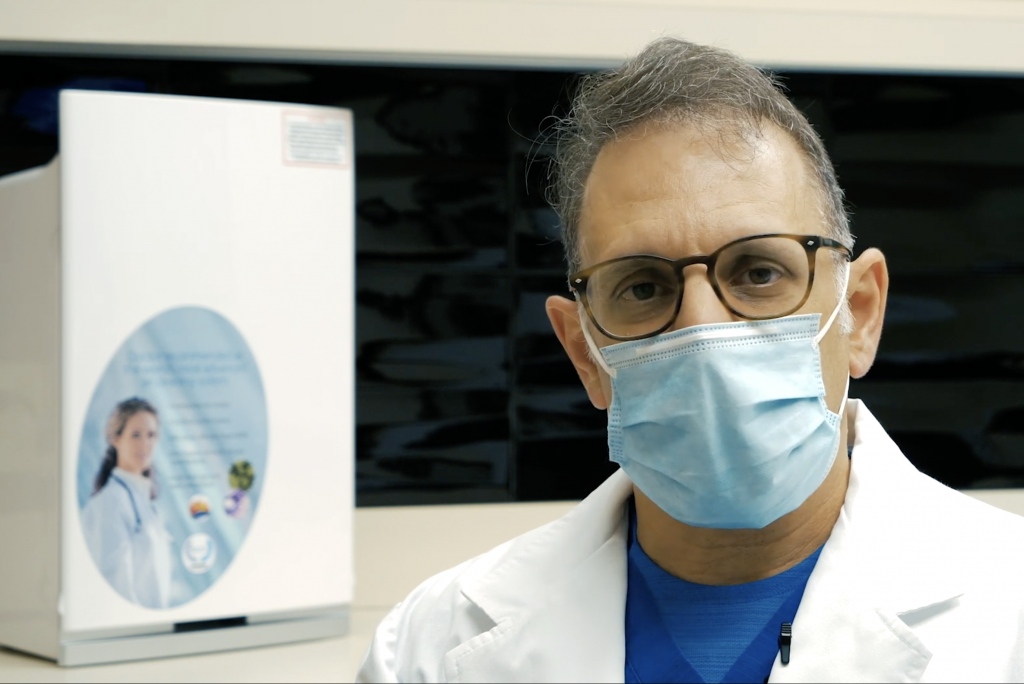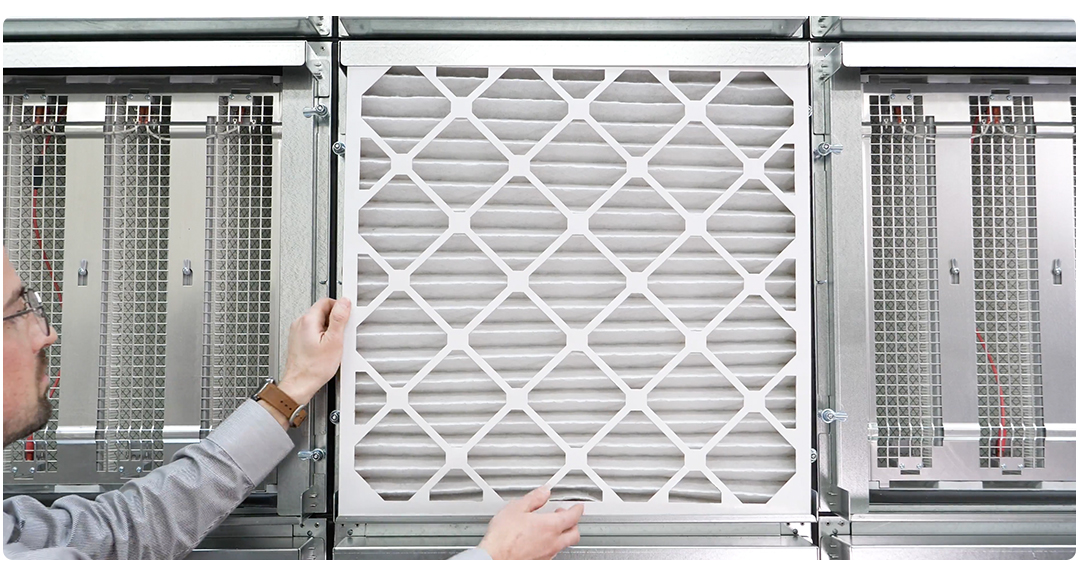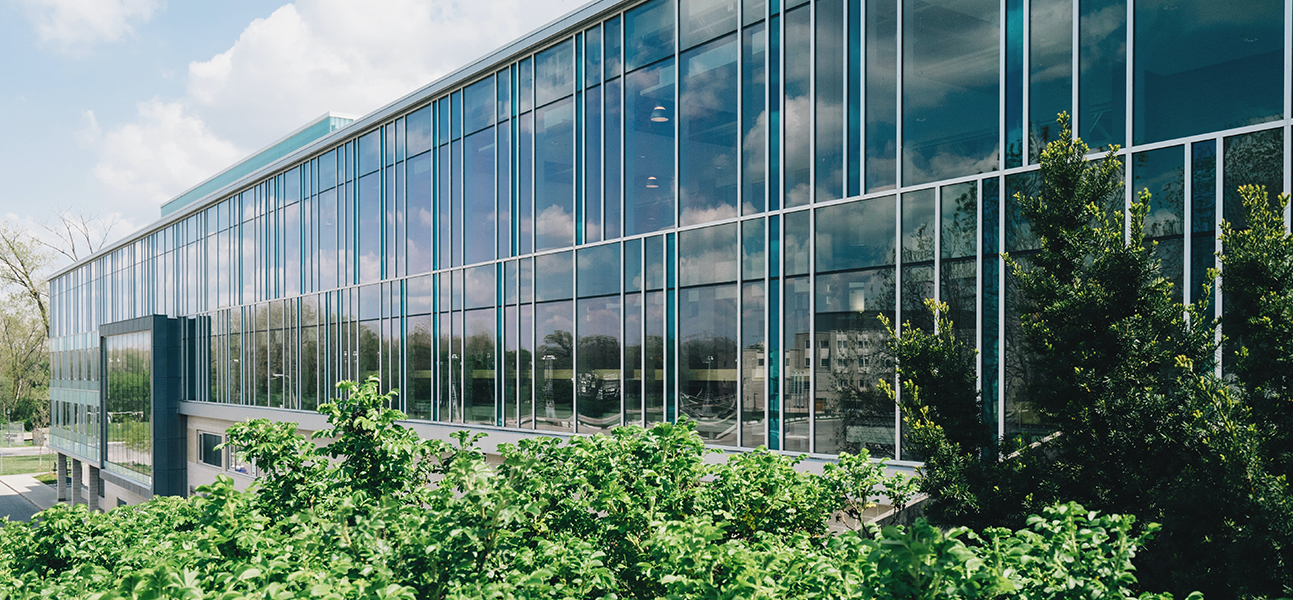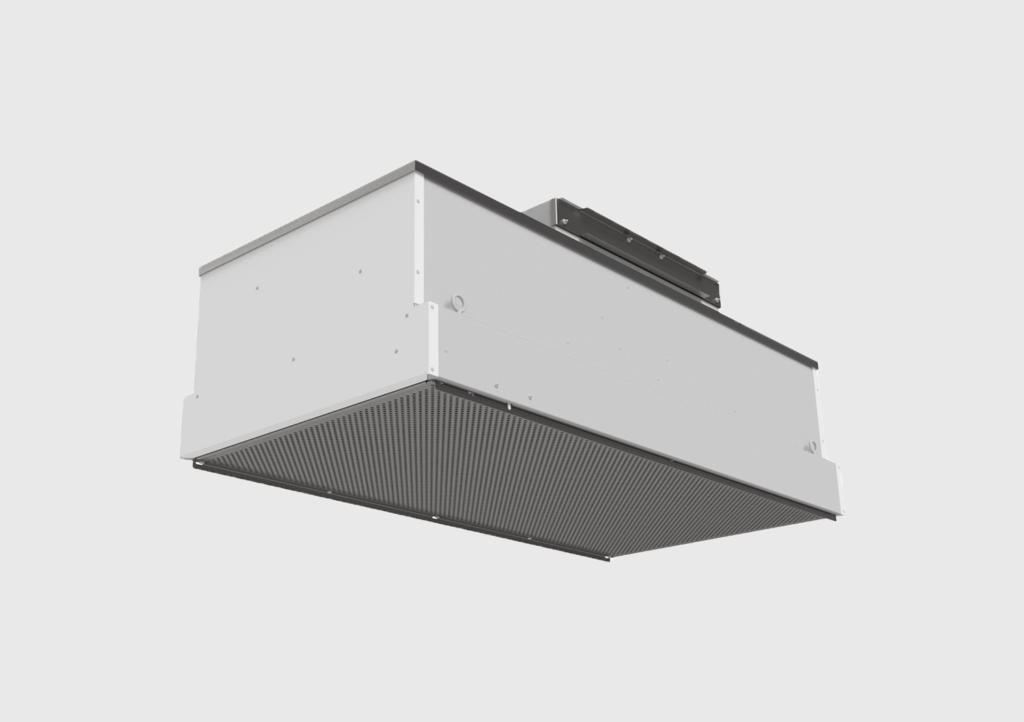Healthy Buildings are the Future of Work
For many people, even the thought of going back to the office creates stress. Recognizing this trend, some employers are taking a new approach to the workforce – healthy buildings. Healthy building development is a trending topic for company stakeholders, as it improves the physical and mental health of employees. Professionals are doing this by combining health science with building science.
What is a Healthy Building?
The health of a building goes hand in hand with the health of its occupants – it’s not just an investment in the building’s entities, but also an investment in the employees, guests, and customers. According to Harvard University, there are 9 Foundations that make up a healthy building. This includes ventilation, air quality, thermal health, moisture, dust and pests, safety and security, water quality, noise, and lighting and views. These factors are proven to support the health of the occupants inside, as well as the longevity of the building.
TABLE OF CONTENTS
1. Sick Building Syndrome
2. Indoor Pollutant Sources
3. Why Invest in Your IAQ
4. 2000 In-Line IAQ Solution
5. Will Improvements in IAQ Harm the Planet?
6. IAQ Doesn’t Have to be Costly
7. The Impact IAQ has on Healthy Buildings
Sick Building Syndrome
From absenteeism to employee focus and production, indoor air quality is actually a major asset to employers. The Occupational Safety and Health Administration stated, that for every 1,000 workers, poor indoor air quality accounts for 600 sick days per year. That can add up to thousands of dollars in medical visits, disability pay, and PTO for both the employer and staff.
Clean air means better health and wellness for all occupants of the building. Since they are not breathing in contaminated air, people within the building face fewer allergy-related flair-ups and headaches. It’s no wonder that many say cleaner air leads to increased focus and less absenteeism: people are actually feeling better. With most of our time spent indoors, buildings can either expose us or protect us from airborne diseases. There are many ways to combat indoor air quality problems, but the most robust is an in-line solution that provides near HEPA filtration, meaning they remove many of the smallest, most dangerous particulates that inhabit the built environment and affect students, guests, employees, and family members.
Sick Building Syndrome became a popular topic of conversation during peak COVID-19 lockdown months. According to the EPA, SBS is defined as “situations in which building occupants experience acute health and comfort effects that appear to be linked to time spent in a building, but no specific illness or cause can be identified.” With all of us spending so much time indoors, that is truly a concern to think about.
In addition to the obvious positives, healthy buildings boost office morale by giving employees peace of mind that their company leaders care about their wellbeing. From enhanced views and lighting to air purification solutions removing the smallest of microbes (viruses) from the air, occupants’ productivity and motivation will undoubtedly improve. More importantly, is the opposite a risk we should take?
Indoor Pollutant Sources
Indoor air quality can have a significant impact on mental health including focus, mental processes, and decision-making. Performance in these sectors will drastically improve if there is an emphasis on decreasing airborne particles with proper air purification solutions.
To cleanse the indoor air, while also having the opportunity to save energy, and operating costs, Disinfecting Filtration System, or DFS, technology is the solution that stands out. The HealthWay® patented DFS technology within the 2000IL modular solution removes 96% of particles as small as 0.3 with the power to reach up to 1,000,000 sq. feet.
Why Invest in Your IAQ
Indoor air quality has many challenges. Luckily, there are air purification solutions available that can overcome many of these roadblocks to a healthy area.
Since we spend the majority of our time indoors, we need to improve , along with strengthening other key factors of the building to better suit the health of its occupants. There is a substantial impact of the immediate and long-term well-being of occupant health from poor IAQ. Businesses and homeowners should make the health of their building a top priority – as the benefits not only may save them money in the long run but will also improve the occupant’s health and motivation.
You could consider permanently leaving a window open within the building, but this may not always improve your IAQ and might not be possible for every building. Pollutant sources from outdoors could enter inside through the window, potentially making the IAQ a harmful level to its occupants. But in most cases, the contaminated air is coming from inside the building from several sources.
The IAQ Solution for Every Healthy Building
Focusing on the ventilation and air quality factors of a healthy building, there are a variety of sizes and CFMs to choose from. For small spaces, such as offices and bedrooms, a Compact air purifier spreads clean air up to 500 sq. feet. If needed in a large office space, or busy cubical, the Deluxe is your answer as it can reach spaces up to 1,200 sq. feet. The Deluxe model comes with a heavy-duty commercial-grade gas and odor filter which eliminates most gases that can be found in new building construction. For a large conference room or lobby, a 950P would suffice, as it can remove pollutants from the air in spaces up to 3,500 sq. feet. Need a whole building air purification solution for your skyscraper building? We can cover that, too.
A New York City-based multinational investment bank and financial services company turned to HealthWay® for a long-term HVAC-based air quality solution. Their main focus was to improve indoor air quality, find a solution that could limit energy usage, and allow them to also decrease their carbon footprint, all while being done with the reduction of overall operating costs. This is why HealthWay® was chosen to employ our state-of-the-art 2000IL solution.
Each pre-filter is rated at MERV-8, and captures larger particulates, which keeps the entire system clean. They can easily be maintained and replaced within our picture-frame design system, with no tools needed. The main filters contain our patented DFS technology which inhibits microbial growth, increases filter efficiency, and has a low-pressure drop. Health buildings have many positive outcomes, but the most significant are the building’s occupants, the planet, and your wallet.
Will Improvements in IAQ Harm the Planet?
The truth is, that some air purifiers can emit more pollutants into the atmosphere than what they are removing from indoor air. Ozone can be released while running some air purifiers, so make sure to look for labels such as Intertek Zero Ozone, to ensure your machine is not damaging your lungs or harming the environment.
DFS energy use is planet-centric. Our ultra-low pressure drop systems result in much less energy usage while simultaneously achieving near HEPA filtration. HealthWay® helps customers lower their carbon emissions and achieve ESG goals. We have helped reduce over 1,000 metric tons of CO2e, and we are far from finished. In optimal conditions, the implementation of HealthWay® systems can result in up to 70% less energy use as a result of ultra-low pressure drop compared to alternative MERV filters.

Improving IAQ Doesn’t Have to be Costly
With the decrease in energy requirements for our in-line units, there is also a reduction in operating costs. Independent testing conducted on behalf of our Corporate Banking Client (Global Corporate Headquarters) revealed that HealthWay® exceeded MERV 15 performance in filtration at 0.1 µ and energy efficiency. The result was a 66% increase in efficiency and a 57% decrease in energy cost.
|
Filter
|
Efficiency @ 0.3 micron (%)
|
Pressure drop (“wc)
|
Annual Energy Use, kWh
|
Annual Energy Cost, at $0.2 per kWh
|
|
HEPA
|
99.97
|
1.25
|
1287
|
$257.44
|
|
MERV 15
|
85.0
|
0.81
|
834
|
$166.82
|
|
MERV 14
|
75.0
|
0.67
|
690
|
$137.99
|
|
MERV 13
|
50.0
|
0.52
|
535
|
$107.09
|
|
MERV 11
|
20.0
|
0.28
|
288
|
$57.67
|
|
MERV 8
|
N/A
|
0.27
|
278
|
$55.61
|
|
DFS
|
98.0
|
0.27
|
313
|
$62.61
|
Impact IAQ Has on Healthy Buildings
IAQ can be defined as the air quality within and around buildings and structures, especially as it relates to the health and comfort of building occupants. Understanding and controlling common pollutants indoors can help reduce your risk of indoor health concerns.
According to the International Journal of Environmental Research and Public Health, 2020, “There are numerous indoor air pollutants, including PM, VOCs, CO, CO2, ozone, radon, heavy metals, aerosols, pesticides, biological allergens, and microorganisms, all of which can lead to diminished IAQ and thereby harmful effects on human health.”
Pollutants are all around us, but there are ways to avoid them while increasing focus and motivation. The average human takes over 22,000 breaths a day – make those breaths count with HealthWay® DFS technology.
About HealthWay Family of Brands
Located in Upstate NY, we’re a team of experts and industry leaders reimagining the world as a better, safer place with innovative air purification solutions. From homes to commercial buildings, we proudly design and engineer scalable, efficient air cleaning solutions for any environment.
Share post

